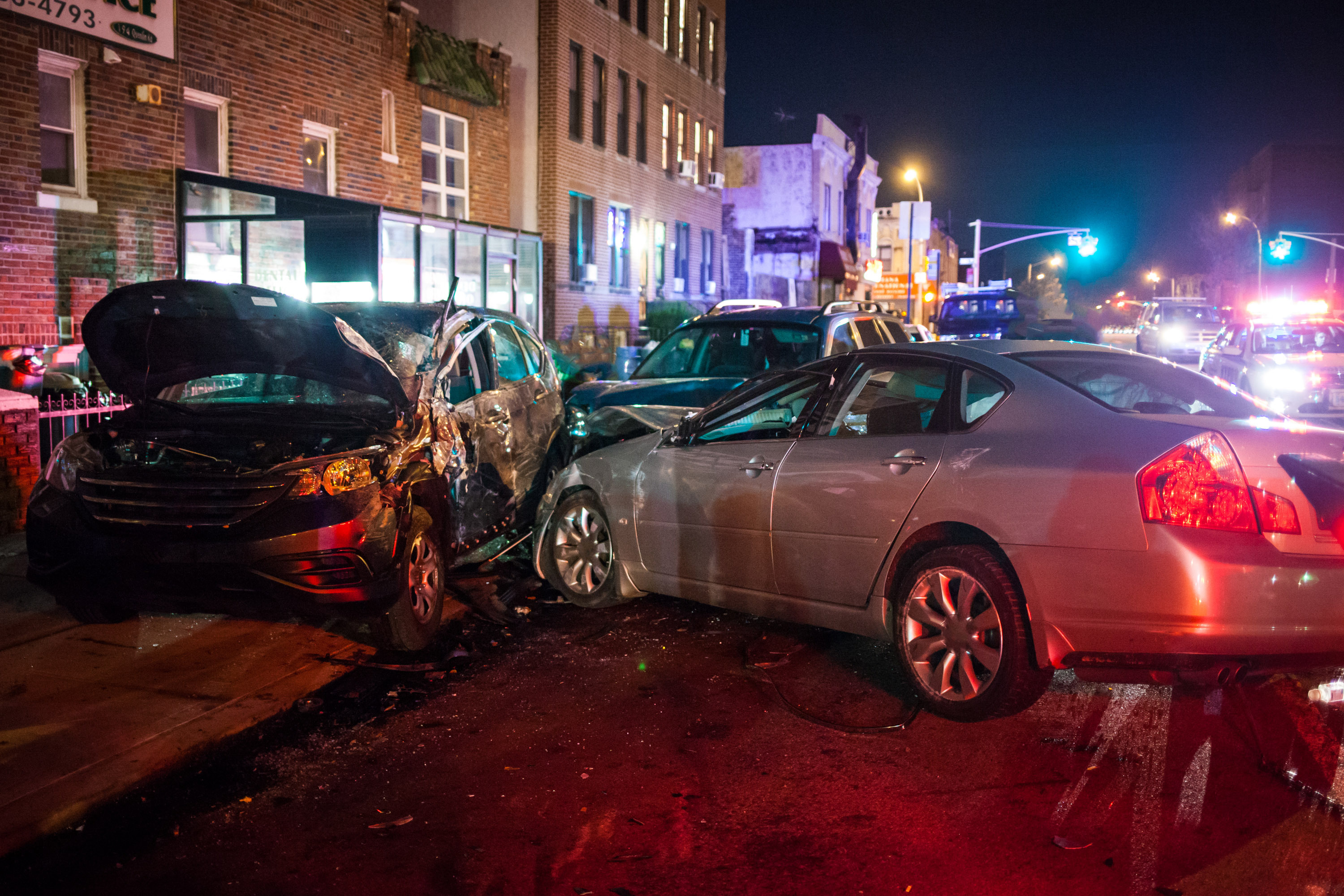T-Bone Collision
Any type of accident is scary for everyone involved and comes with a significant risk of injury regardless of how the accident occurs, the speed it takes place at, and any other variable. One common type of accident is what is known as a “t-bone” collision, which is a reference to the fact that the two vehicles collide in a “T” shape when one vehicle drives straight into the side of another vehicle. While modern automobile technologies such as side-impact airbags, advances to seatbelts and sets, and a variety of other innovations have improved safety during these types of collisions, there are still ample ways for someone to be injured.
If you have been involved in a t-bone crash that someone else caused, and have suffered injuries as a result of this accident, you are entitled to compensation from their insurance company. The first step is to file an insurance claim, at which point the insurance company will assign a claims adjuster to your case to investigate all of the details around the crash and determine how much you should get for a settlement.
Contact the team at Hipskind & McAninch, LLC as soon as possible for a free initial consultation, where we will be able to discuss your accident and injuries and give you a better idea of how we can help you get the compensation that you deserve. Finding the right car accident lawyer in St. Louis can be a daunting task, which is why we encourage you to reach out to us now so that we can give you the confidence you need to choose us as your legal representation.
Read more below to understand some specifics about these types of accidents, and contact us now.
What Is a T-Bone Collision?
A t-bone crash happens when a vehicle chooses to ignore traffic laws and cuts through a yield, stop sign, or red light and collides with a vehicle who is passing through that has the right of way. The vehicle that is struck does not necessarily indicate the vehicle or driver who was at fault, although unfortunately, it is often the car who has the right of way that is struck by the driver who causes the accident.
The name “t-bone,” as mentioned above, is meant to indicate the “T” shape that the vehicles make when they crash, meaning that depending on which direction of travel each car was taken, the brunt of the impact is on either the driver or the passenger side of the car. The hood and front-end of a vehicle are designed to absorb a significant amount of the energy caused by an accident, but there is much less material on the sides of a vehicle to help dissipate the energy and impact. This means that the passengers struck on the side may experience a worse impact than the other vehicle.

Common Injuries From T-Bone Collisions
There are all sorts of different injuries that someone can suffer after any type of accident, and there are no specific injuries that occur only in specific accidents. That said, there are some injuries that tend to be more common in certain accidents as opposed to others, and the accidents that are common in t-bone crashes are no different.
Whiplash
Whiplash happens when someone is in an impact and their head jerks forward, down, and back in a rapid “S” motion, causing extensive damage to the soft tissues such as muscles, tendons, and disks in the spine. This rapid jerk can tear these soft tissues in a way that causes significant neck pain, limited mobility, headaches, trouble sleeping, and much more. One of the most common solutions is to keep the neck and head steady as the tissues repair themselves, which might require a cumbersome neck brace and painkillers.
Traumatic Brain Injuries
In high-speed impacts, the brain may be rattled around in the brain and suffer things like concussions, contusions, or other serious damage. Depending on the severity of the impact and the damage done to the brain, symptoms can range from something like a minor concussion that causes headaches, dizziness, some memory loss, and other problems. However, harder impacts can cause serious, long-term issues like permanent brain damage, coma, and death.
Impact Injuries

There are a variety of injuries that can be sustained as a result of impacts, including things like whiplash and TBIs, but also things like fractured or broken bones, bruising, hematomas, or internal bleeding. There are many other injuries that can also be sustained as a result of impacts, and each depends on many different details about the crash. In fact, a high-speed impact can lead to seatbelt injuries as well, which are injuries caused by the seatbelt holding the passenger in place and causing things like bruising or bone damage. While these types of injuries can be frustrating, the
alternative (an accident without a seatbelt) is typically far worse.